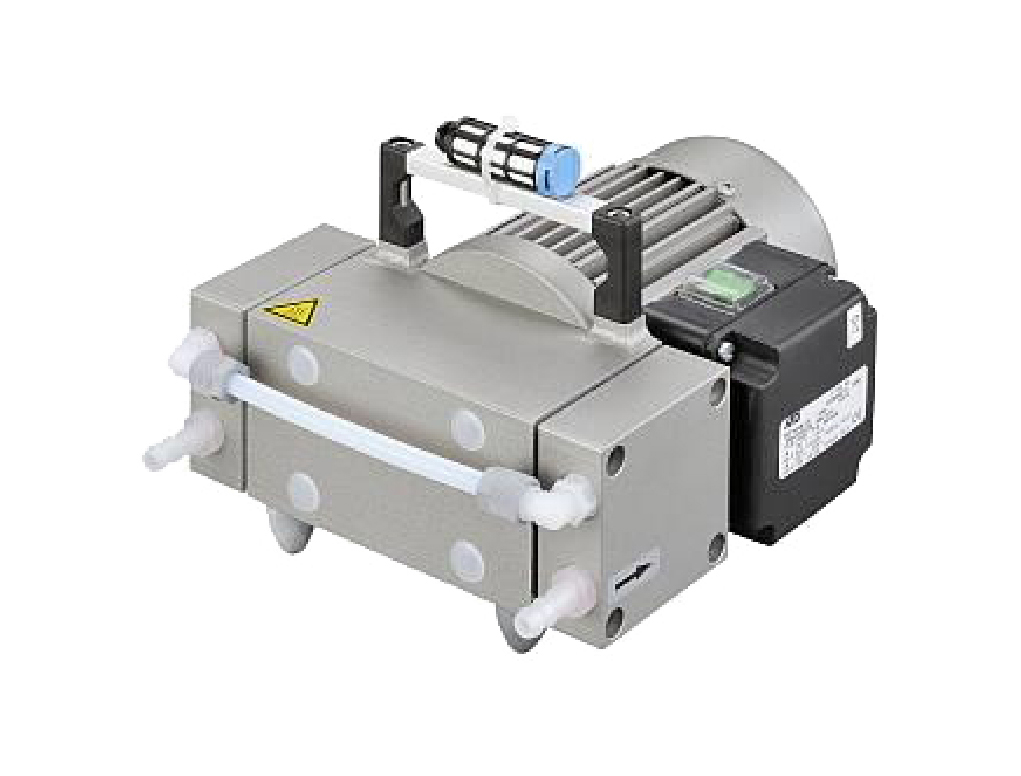Negative pressure vacuum pumps are an extremely useful piece of absorption laboratory equipment. We can find its applications in solid-phase extraction, freeze-drying, filtration and distillation for biological sciences, concentration of volatile solvents, and other fields. Laboratory Vacuum pumps have a distinct internal structure and components that fulfill specific purposes. While vacuum pumps perform the same function, there are additional considerations when choosing a new pump.
Factors to consider before buying:
There are often a few different types and models to choose from when it comes to models. You've determined this through a comprehensive grasp of the model and the type of pump required.
Maximum flow rate (lpm) is the fastest rate at which vapors may be evacuated by vacuum. At atmospheric pressure, a pump with a maximum flow rate of 10 liters per minute (lpm) has the ability to pump 10 cubic meters of vapors every minute. It is also referred to as pumping speed.
Maximum vacuum (mbar) is the vacuum's lowest pressure level. A pump with a maximum vacuum of 0.1 mbar operating at ambient temperature can evaporate gases with vapor pressures greater than 0.1 mbar.
The link between Max vacuum and Max flow rate is critical for evaluating pump performance. As the vacuum reaches its maximum, the flow rate approaches its maximum value. You may minimize sample loss due to bumping or excessive evaporation while enhancing evaporative speed by balancing these two variables to match the needs of your laboratory.
In addition, you should also consider the following: Net weight (Kg), Horsepower (hp), RPM, Hose barb (mm), Decibel level of noise (dB)

Types of Vacuum Pumps:
- Vacuum Pumps with Rotary Vanes:
Vacuum pressure greater than or equal to 10-3 m bar is required for these pumps, and they are employed in hydraulic braking systems, freeze dryers and mass spectrometry. The Tanker series is an example of this type of pump.
Drawbacks:
After use, the waste contains a high concentration of dangerous elements, and properly disposing of the toxics is difficult. Due to the lack of interchangeable components, replacing a broken component is challenging.
- Vacuum Pumps Without Oil:
These pumps' internal components are not lubricated. Its internal components include a piston, diaphragm, and scroll pumps. These pumps are simple to operate, but their vacuum capability is limited. Oil-free vacuum pumps are appropriate for extracting and membrane filtration on a modest scale.
- Oil Vacuum Pump
Excellent for vacuum ovens and lyophilizers (freeze-drying).

Conclusion:
For any vacuum application that ranges from small to medium scale, you can opt for oil-free vacuum pumps. Rotary vane pumps are extremely efficient. They do require additional care. The cost varies by the model that you desire, so you can choose according to your requirement and budget